From bull testicles to 'virgin boy eggs': The most challenging local delicacies every serious foodie traveller has to try
There's adventurous food... and then there are these popular dishes from around the world
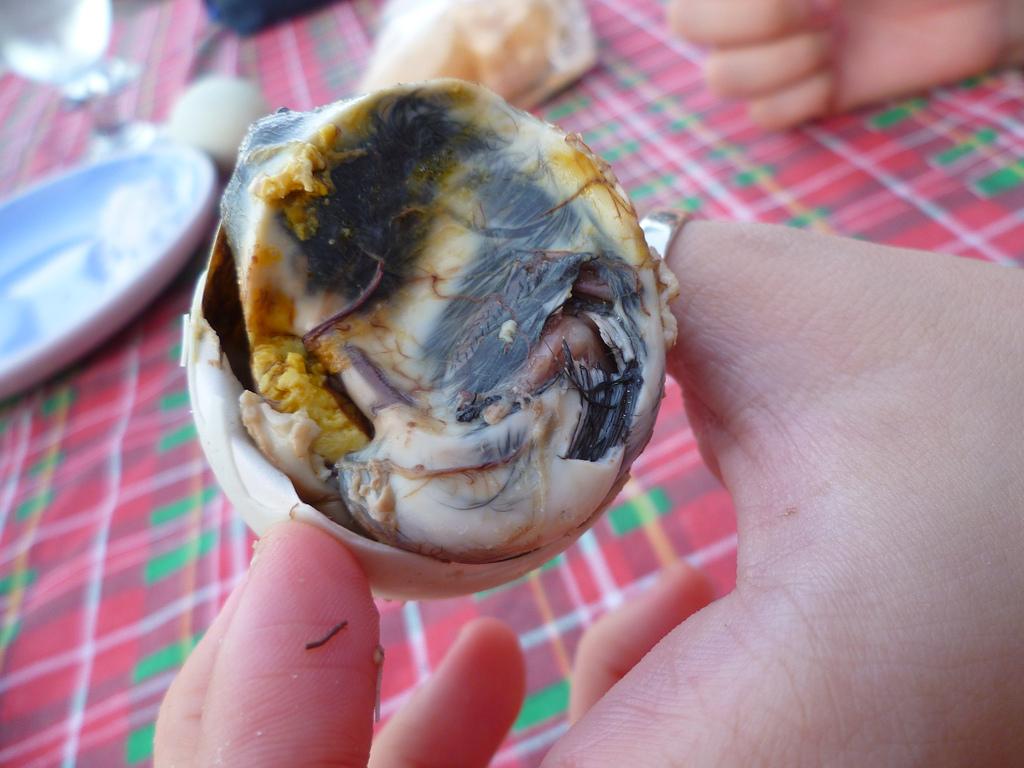
Your support helps us to tell the story
From reproductive rights to climate change to Big Tech, The Independent is on the ground when the story is developing. Whether it's investigating the financials of Elon Musk's pro-Trump PAC or producing our latest documentary, 'The A Word', which shines a light on the American women fighting for reproductive rights, we know how important it is to parse out the facts from the messaging.
At such a critical moment in US history, we need reporters on the ground. Your donation allows us to keep sending journalists to speak to both sides of the story.
The Independent is trusted by Americans across the entire political spectrum. And unlike many other quality news outlets, we choose not to lock Americans out of our reporting and analysis with paywalls. We believe quality journalism should be available to everyone, paid for by those who can afford it.
Your support makes all the difference.Everyone likes to have a go at "eating like a local" on holiday, but where do you draw the line? If you think you're a proper foodie traveller, then check out our list of the most challenging local delicacies to try on your next trip.
'Virgin boy eggs', China
Like tea eggs but with a little something extra, “virgin boy eggs” are soaked, boiled and then cured in young boys’ urine, and then eaten as a springtime delicacy. They’re famous in Dongyang, Zhejiang province (120 miles south of Hangzhou), which has officially recognised them as a cultural heritage marker. Be prepared to stump up for them – they cost about double the price of a normal boiled egg. The urine, by the way, comes from schoolboy volunteers.
Bull testicles, Canada
“Prairie Oysters” sounds like a tempting dish when you see it on the menu… until you realise it’s made of deep-fried testicles, whether that's bull, pig or sheep. Traditionally served in the cattle-ranching wilds, you can also get them in the US (where they’re known as Rocky Mountain Oysters or calf fries) and in Spain and Argentina, where they’re called criadillas. Sometimes they’re flattened before being coated and fried; sometimes they’re left au naturel.
Fried tarantulas, Cambodia
Take the bus from Phnom Penh to Siem Reap and you may well get the chance to eat one of Cambodia’s most popular street foods en route. Fried tarantulas are something of a delicacy, and served everywhere from street stalls at rest stops to upmarket restaurants in the capital. They’re less tasty than you’d think, but what they lack in flavour they make up for in crunch. Build up to them, if you like, with ants or crickets – two other popular dishes in Cambodia.
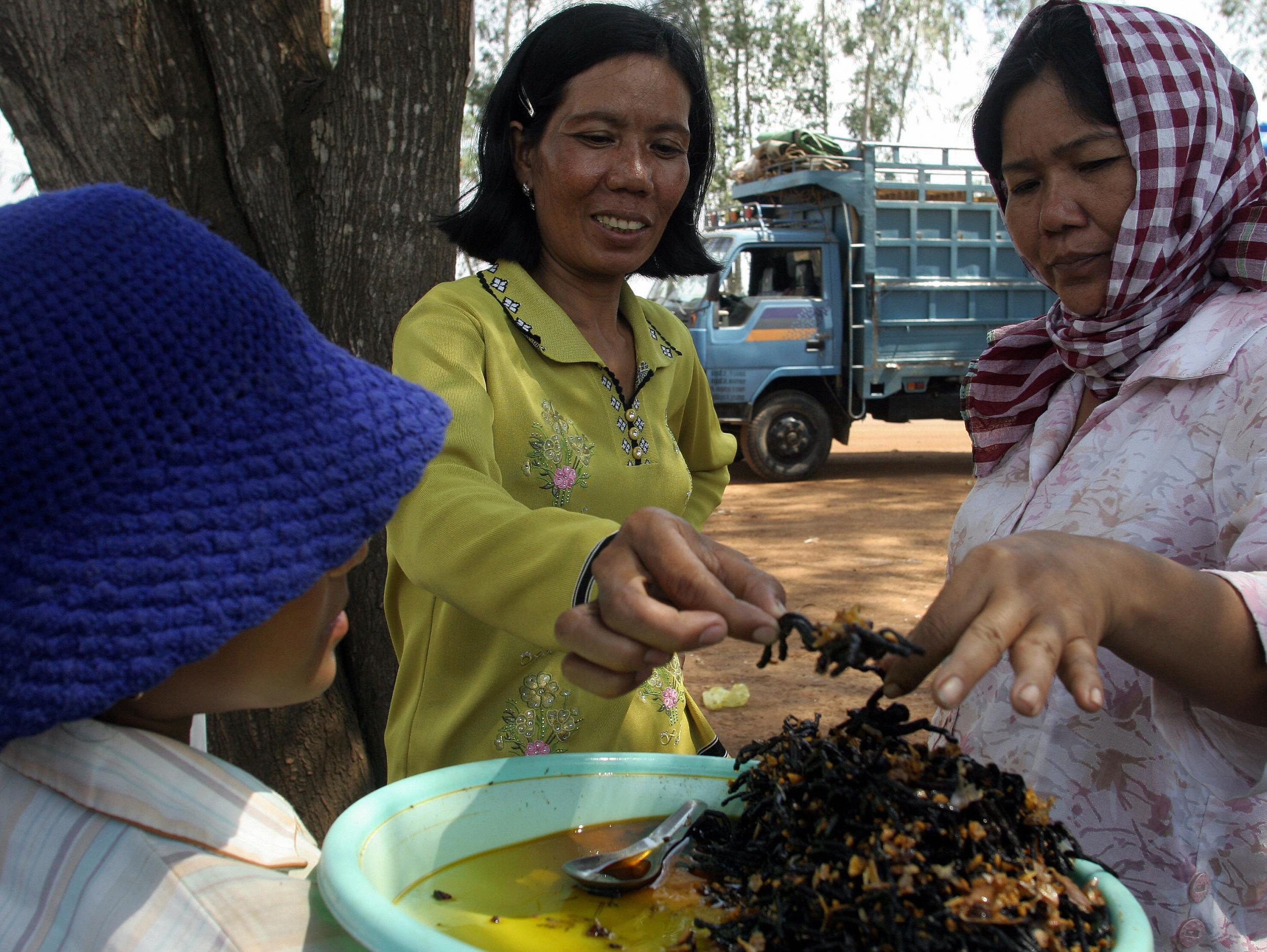
Puffer fish, Japan
Japanese chefs have to undergo three years of training before they’re allowed to prepare fugu, or puffer fish. Its best known component, tetrodotoxin, has to be removed without contaminating the flesh, because a little of it leads to euphoria, but too much can lead to paralysis and death. In Japan, fugu sashimi is considered a huge delicacy – the liver is the tastiest (and most expensive) part, though it’s also the most poisonous, turning every mouthful into Russian roulette.
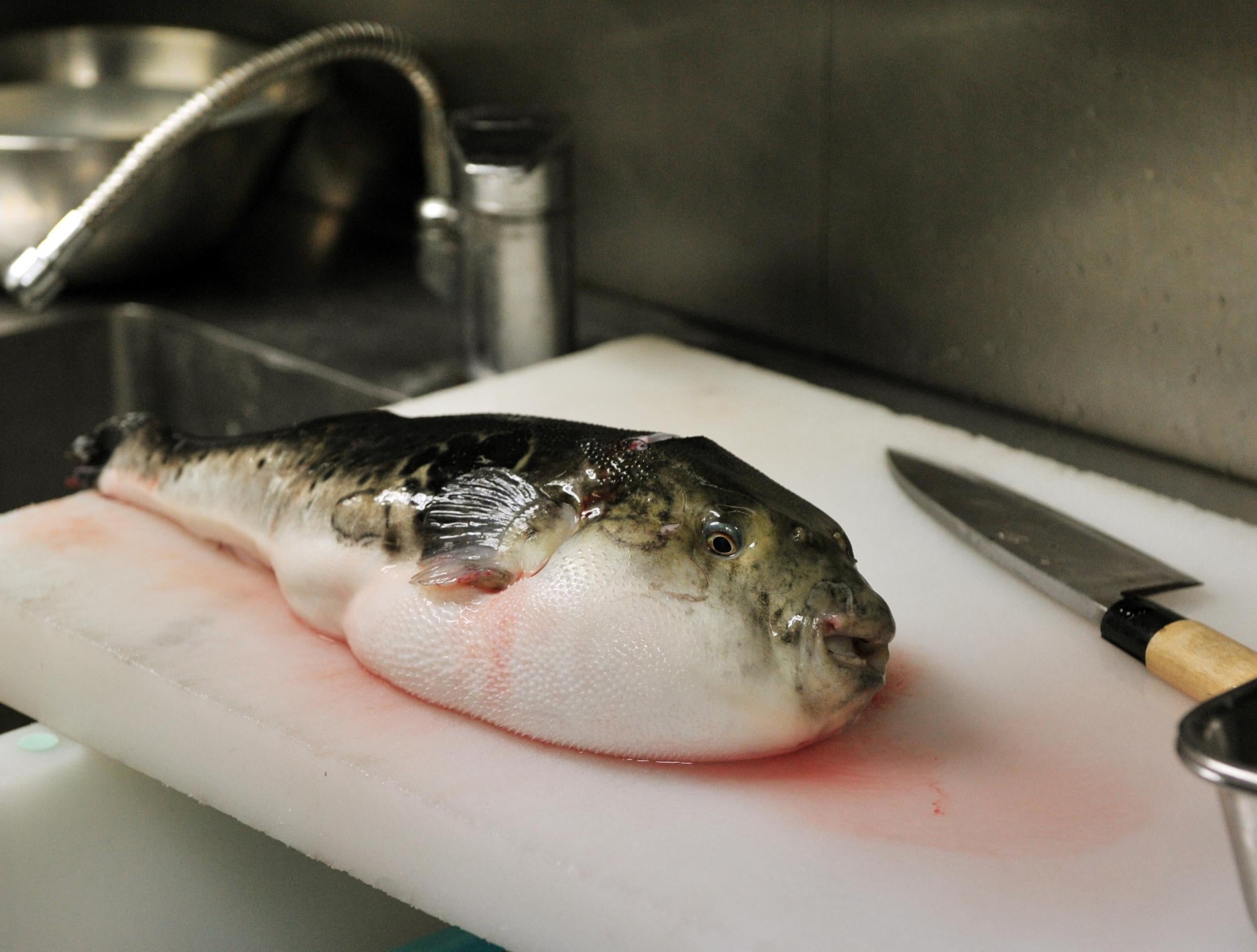
Fermented shark, Iceland
It’s the national dish of Iceland that Anthony Bourdain called the “single worst, most disgusting and terrible tasting thing”. Kaestur hakari, or “treated shark” , is shark that’s been fermented and dried out for up to five months; it tastes of fish, as you might expect, and smells of ammonia, which you might not. It’s popular enough to be sold year-round, but is part of the traditional borramatur buffet served during winter – especially during Thorrablot, the midwinter feast, where it sits alongside boiled sheep’s head, ram testicles and seal flippers. Yum.
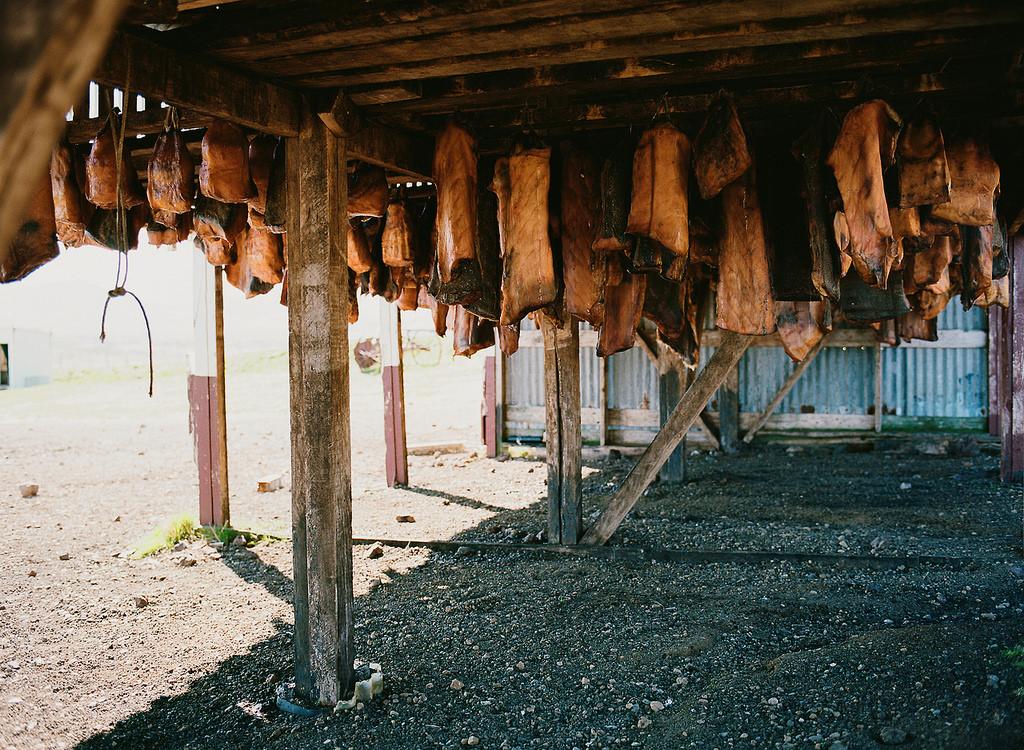
Fertilised eggs, Philippines
“Balut” means “wrapped” in Tagalog, and that’s one way of describing this – a semi-developed egg that’s boiled and eaten, embryo and all. Best known in the Philippines, where it’s a popular street food (normally a duck egg), it’s eaten throughout South-east Asia. The eggs are incubated for roughly two weeks, and they’re feted for their extra protein levels. One for the paleo crowd?
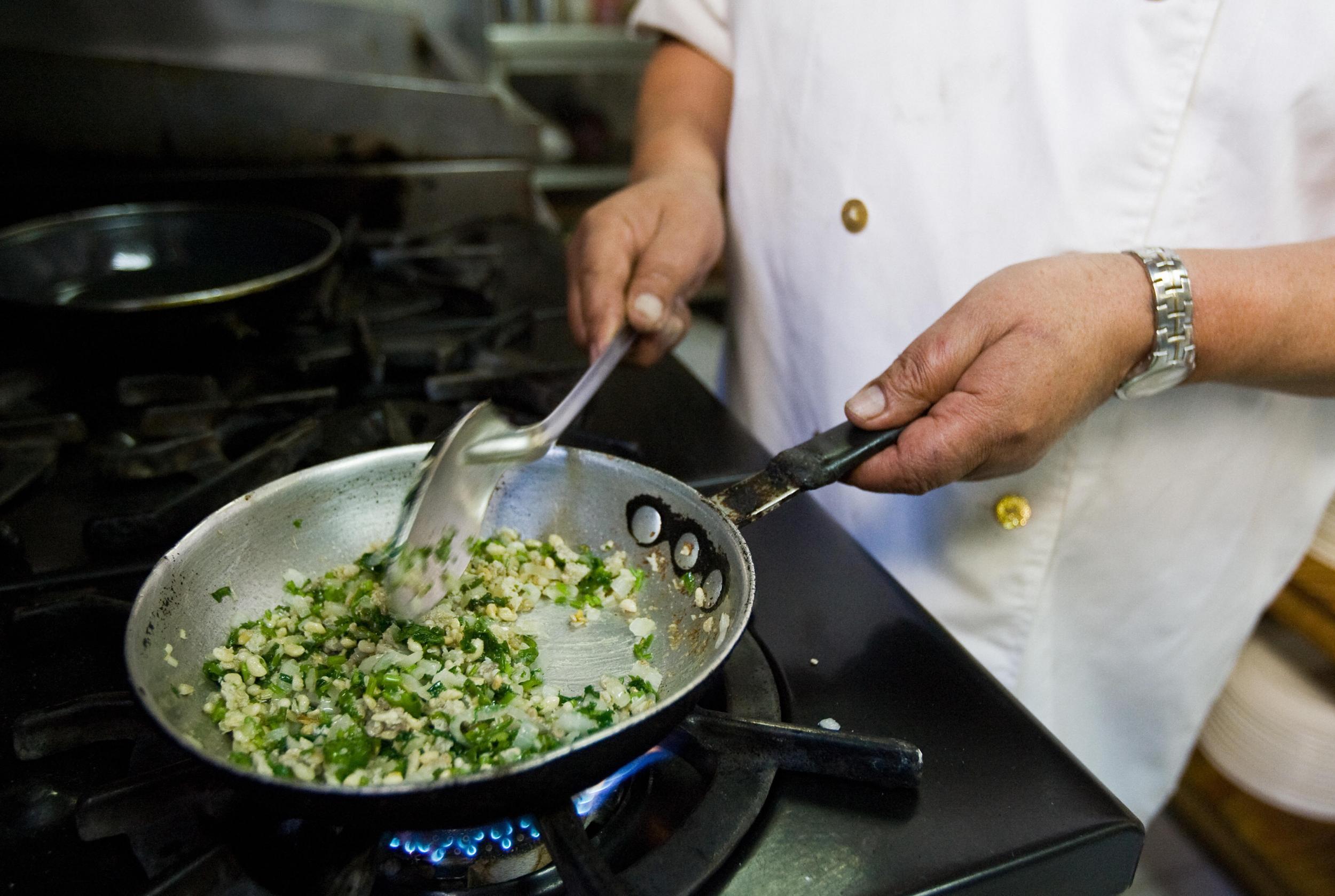
Ant larvae, Mexico
There’s eating ants and then there’s eating escamoles: ant larvae, eaten in and around Central Mexico. Since Aztec times, they’ve been collected from the roots of agave plants and cacti, where they’re laid, between February and May; then they’re boiled and often put into tacos. Sometimes called “Mexican caviar”, they taste nutty, apparently, and go from squidgy to crunchy when fried.
Join our commenting forum
Join thought-provoking conversations, follow other Independent readers and see their replies
Comments